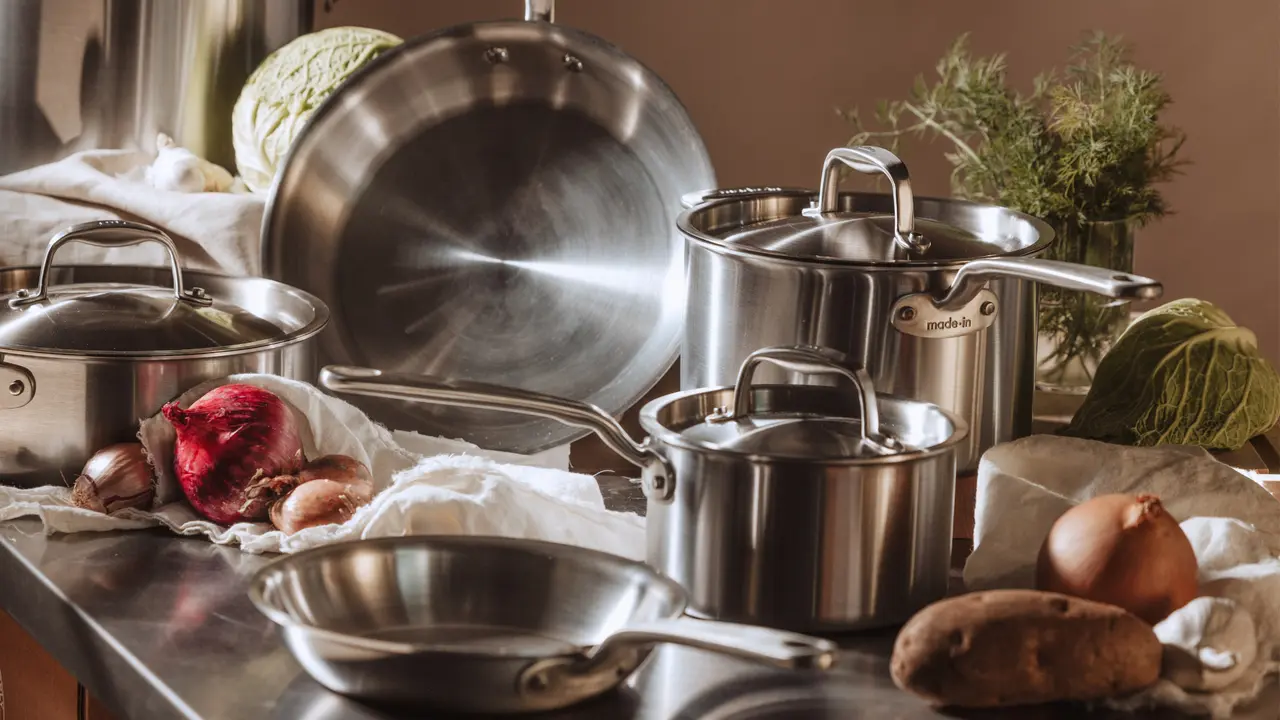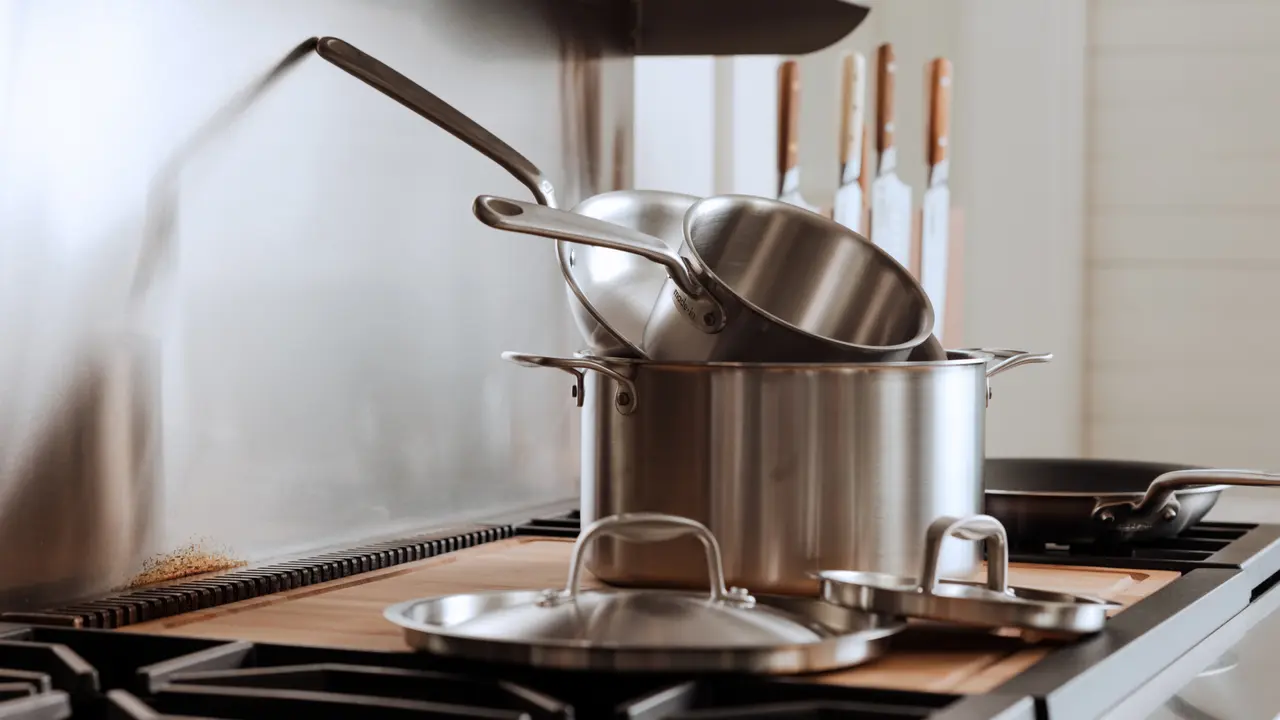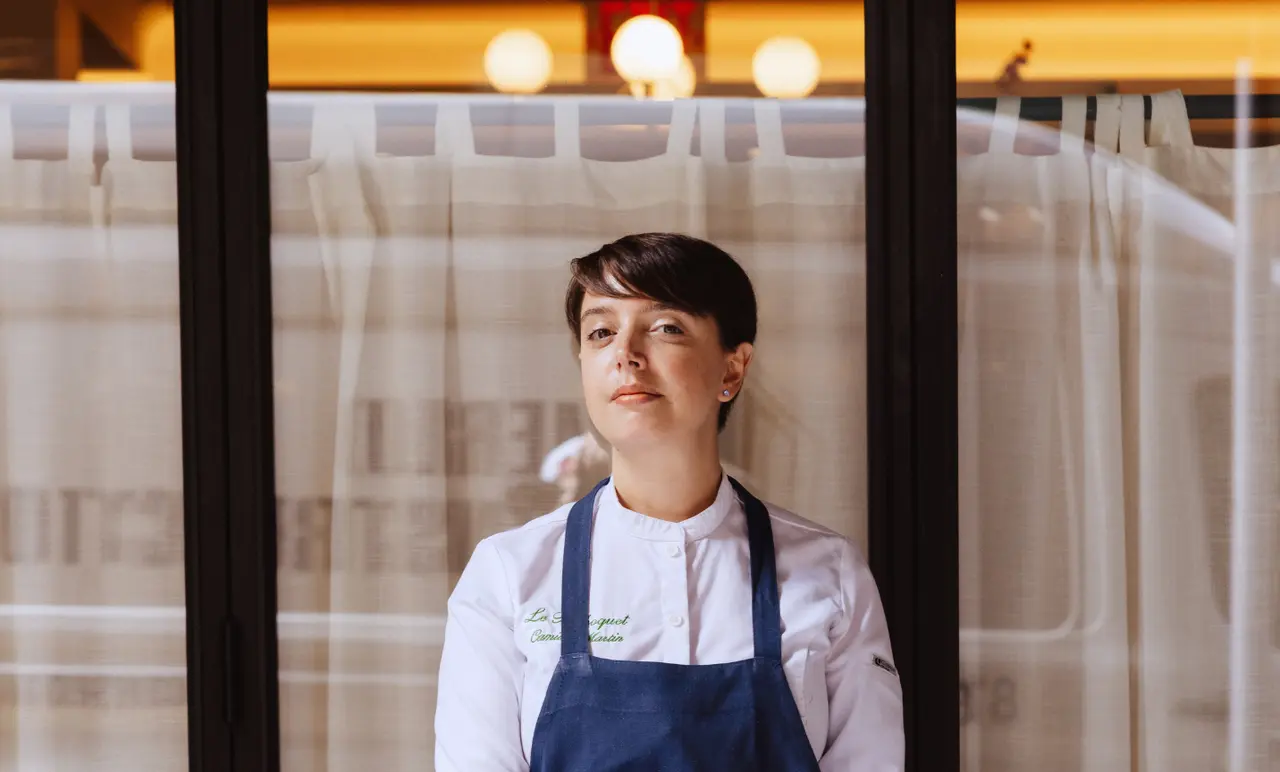“You know we were scheduled to open a week before the Texas storm,” Chef Steve McHugh laughs. “But because we lost power, everything went bad and we had to delay.”
Now, finally open, McHugh couldn’t be happier. Sitting outside of Landrace located in the Thompson Hotel, we overlook the San Antonio River, as he talks about five of his favorite things about his new restaurant.
1. The name of the restaurant informs the food that is cooked.
“Landrace was a term I heard another chef use many years ago. He kept saying this is landrace corn, and I was like what the hell is he talking about. I understood heritage breed animals and heirloom vegetables, but I’d never heard of a landrace before and the more I dug into it, the more it excited me.”
A landrace, for those who don’t know, is a traditional variety of species, be that plant or animal. Landraces can be heritage, heirloom, and/or native, but they can also refer to something that has adapted extremely well to its environment. “So if you look at Angus or Wagyu cattle in Texas, no cattle aren’t from Texas, but they do extremely well here. It’s not something that just survives, but thrives,” says Chef McHugh.
2. It’s a personal progression for Chef McHugh.
At Cured, Chef McHugh’s first restaurant, “it’s all about whole animal butchery, starting there and letting the menu flow from that,” he says.
For Landrace, Chef McHugh wanted to get away from focusing on the whole animal, and instead hone in on the cuts he feels like he doesn’t get to utilize as much. McHugh laughs, “my wife and I always jokingly call it a steakhouse because steakhouses are very predictable.” He adds, “It's not though, the goal is to take cooking back to its most elemental form, to not overthink it like the best barbecue places in Texas.”
3. The woodfire stove is a sight to behold.
“At Cured, we have this huge curing case. That’s our focal point and it is who we are. And so we really wanted to nail that at Landrace,” says Chef McHugh. “We really wanted this grill to be a focal point for the restaurant, so that when you're sitting in the restaurant, you can see your dinner actually see your steak being charred and your fish being seared.”
The point, McHugh emphasizes is that “Not only do you smell the mesquite when you walk in, but you see it too, and then all of a sudden you're like, well, I could get the pasta, but I really want something off their grill.”
4. The cocktails come to you.
“We have a bar cart where we make old fashioneds, tableside. We give you your choice of spirit and bitters and syrups and make it right in front of you and there’s even a little card with a stamp we put down afterwards.” It almost feels like a cart in a dimsum house.
“We really wanted people to start off their night slow,” Chef McHugh says, “and to give everyone at the table something a little different, too.”
5. Order the short rib, if it’s on the menu.
“Landrace is a little more buttoned up than Cured,” says McHugh. “But there are places where the menu really shines and is really comforting. For me one of those places is the bison short rib. We slow cook it overnight almost 24 hours, and we serve it with local kale, and grits that are milled in Dripping Springs, and then we bring it out and set it on the table and we shave warm raclette cheese into the grits and encourage the guests to stir it themselves. It’s just the kind of stick-to-your ribs dish you want, especially in February.”





















